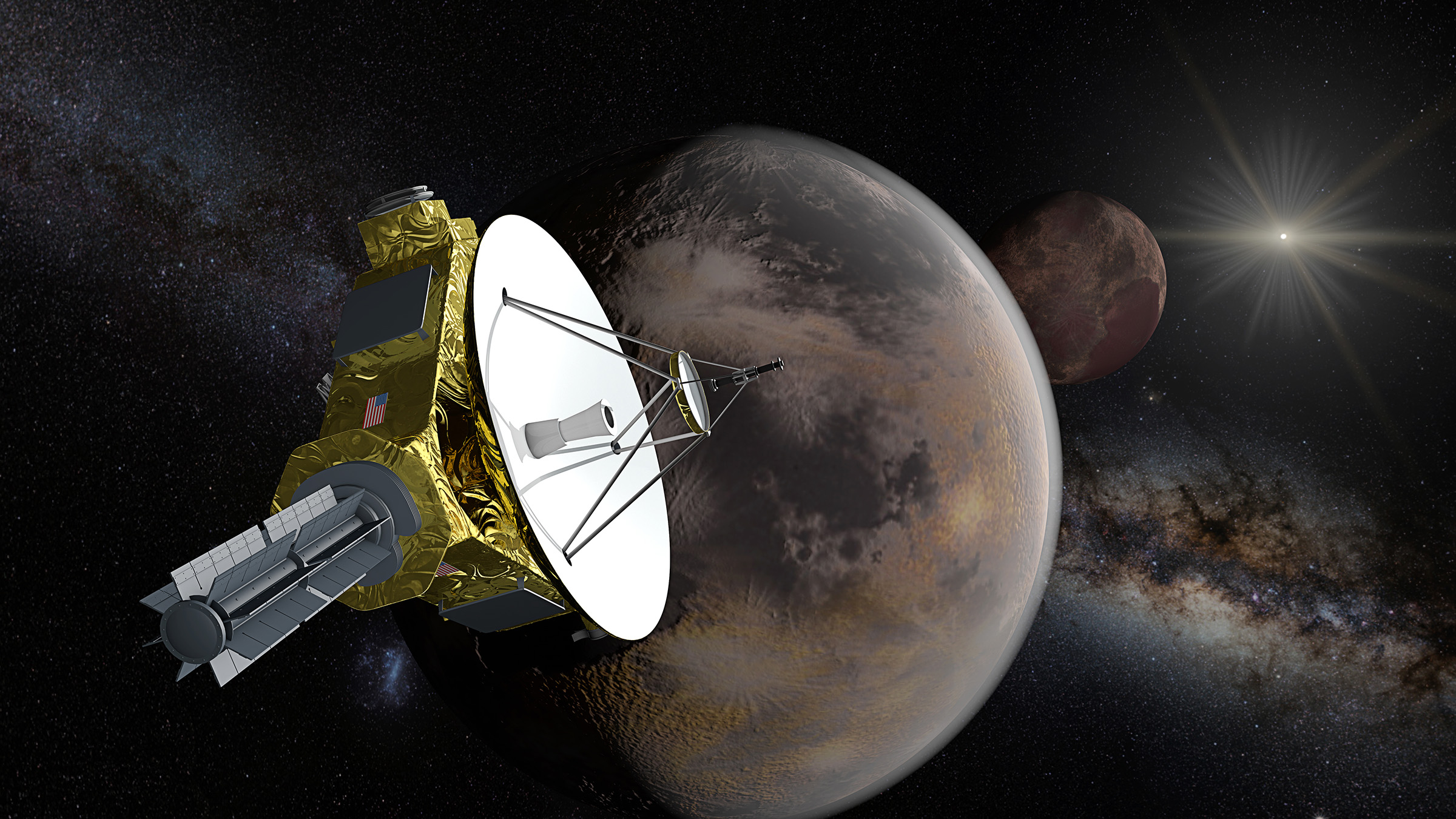
NASA’s New Horizons spacecraft has made a fascinating discovery while exploring the outer edges of the Kuiper Belt. This region of debris on the outskirts of our solar system has revealed some surprising insights, suggesting that it may extend much farther than previously believed.
The Kuiper Belt, situated beyond Pluto, is a significant feature of our solar system, housing small planets like Makemake and Eros, in addition to Pluto. Scientists speculate that it also contains remnants of primordial rock from the early days of our solar system, some of which may still be active ice worlds.
Contrary to previous assumptions, new evidence suggests that the Kuiper Belt’s outer edge is larger than expected, hinting at the possibility of an undiscovered second belt. This revelation underscores the vastness of space and our limited understanding of it.
NASA’s New Horizons probe is actively gathering data on interplanetary dust beyond Neptune and Pluto, offering unprecedented insights into these uncharted territories. With each observation, the potential for new discoveries grows, shedding light on the mysteries of our cosmic neighborhood.
As New Horizons continues its exploration of the Kuiper Belt and its celestial inhabitants, we anticipate further revelations about this rocky expanse. The spacecraft is currently in its second extended mission, slated to operate until the 2040s when its fuel reserves are likely to be depleted.
With ongoing investigations into the Kuiper Belt, New Horizons is poised to unveil more secrets about the origins of our solar system, providing a deeper understanding of the ancient remnants left in its wake. Stay tuned for updates on the spacecraft’s groundbreaking discoveries in the coming years.


